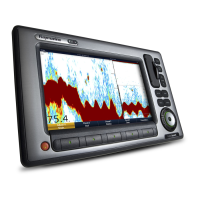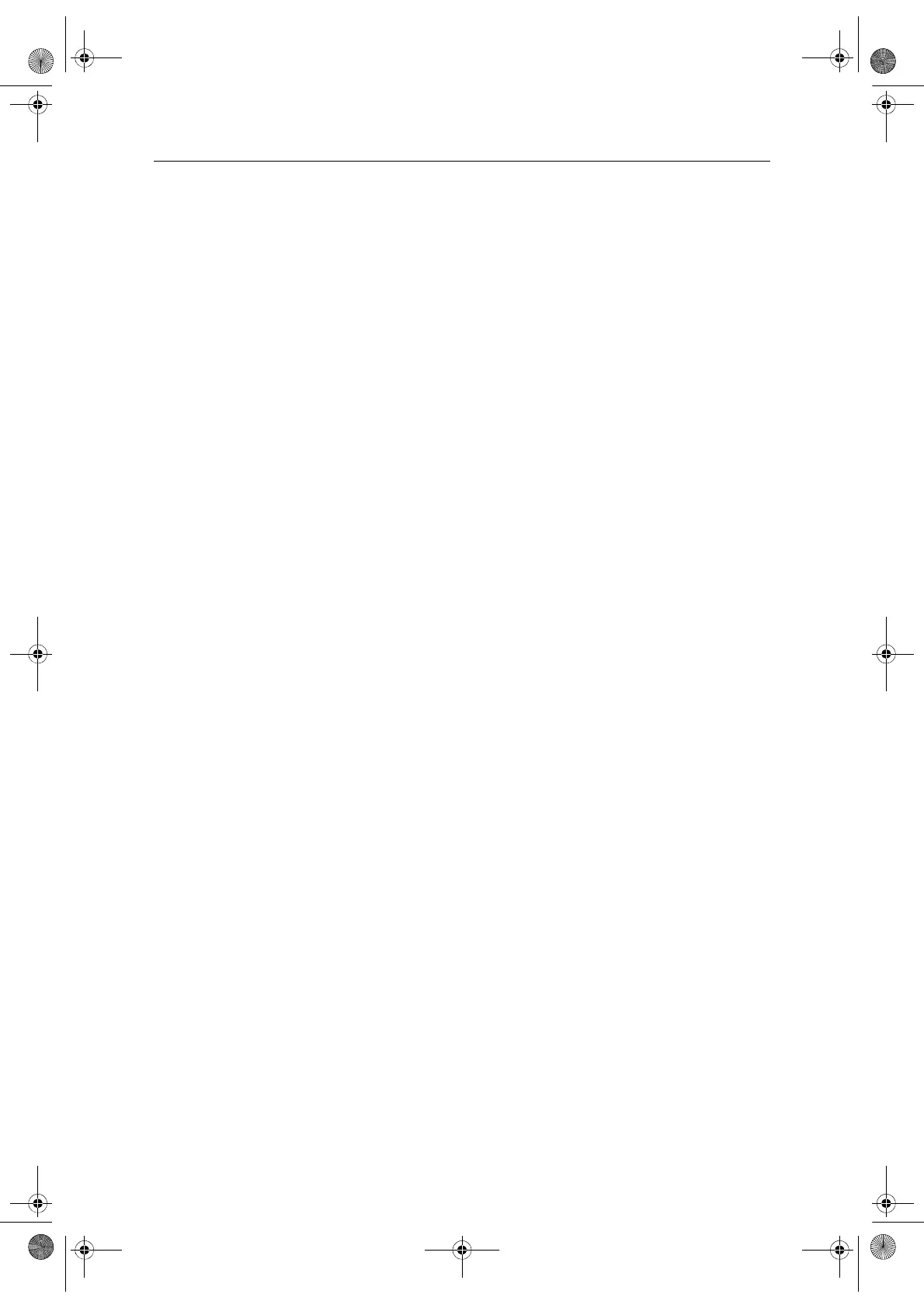192 E-Series Networked Display Reference Manual
Factors affecting echo strength
• The physical size of the reflecting object.
• The material from which the object is made. Metallic surfaces reflect signals better
than non-metallic.
• Vertical surfaces, like cliffs, reflect the radar signal better than sloping surfaces, like
sandbanks.
• High coastlines and mountainous coastal regions can be observed at longer radar
ranges. Therefore, the first sight of land may be a mountain several miles inland
from the coastline. Although the coastline may be much nearer, it may not appear
on the radar until the vessel is closer to shore.
• Some targets, such as buoys and small boats, can be difficult to discern, because
they do not present a consistent reflecting surface as they bob about in the waves.
Consequently, these echoes tend to behave erratically on the radar screen.
• Buoys and small boats often resemble each other, but boats can often be distin-
guished by their motion.
• Trees and shrubbery do not reflect radar. Thus, they can disguise the shape of
nearby land.
8.6 Using waypoints with the radar
You can use waypoints in the radar application for navigation (just like in the chart
application), using the WPTS/MOB button.
You can also edit waypoints from within the radar application.
For full details on using waypoints, see
Chapter 3
and
Chapter 4
.
8.7 Radar display options
The presentation softkey on the radar toolbar gives you control over:
•Waypoint behavior
• Radar mode and display orientation
•Range rings
•AIS
Orientation
Radar
orientation
refers to the relationship between the radar display and your
direction of travel. There are three orientation modes:
•Head up
•North up
•Course up
81244_4.book Page 192 Thursday, January 31, 2008 1:53 PM

